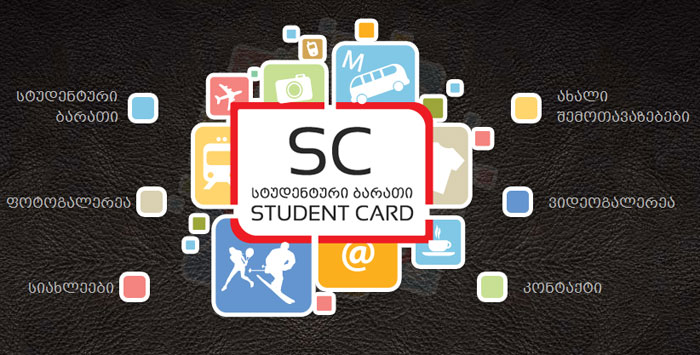The 6th Wings for Life World Run, the
largest charity event in sporting history, is to kick off on May 5, at 15:00,
at the turn to Lopota Lake on the Telavi-Kvareli Highway.
The Wings for Life World Run is a unique
charity marathon which brings together professional sportsmen, casual joggers
and wheelchair users aged 18+. The World Run has no restrictions, no defined
running distance or time and no traditional finish line. Half an hour after the
race starts, a moving finish line, the ‘Catcher Car’ will start chasing runners
along the course, gradually accelerating the speed from 14 km/h to 34 km/h. In
comparison with previous years, the ‘Catcher Car’ will speed up every half an
hour (15:30-14 km/h, 16:00-15 km/h, 16:30-16 km/h, 17:00-17 km/h, 17:30-18
km/h, 18:00-22 km/h, 18:30-26 km/h, 19:00-30 km/h, 19:30-34 km/h). When the car
“catches” a runner, the time is marked and they have finished the race. The
results of the run will be controlled from the city of Salzburg, Austria. The
participants and their supporters will have a chance to check their results on
the official website.
There will be two local winners – one male
and one female, who will choose the country they will run in 2020.
The registration of participants started on
January 30, 2019 and will last until May 2 through the website
www.wingsforlifeworldrun.com. The entry fee in Georgia is 30 GEL. All the money
will be transferred to the Wings for Life foundation, which carries out
research projects and clinical trials for spinal cord treatment. All the
donations are transferred to the Foundation through the EMS (European Merchant
Services) system.
The Nature and Neuroscience Magazine
published a study supervised by the Swiss scientists Gregory Korton (EPFL and
CHUV/Unil) and Jacqueline Bloch (CHUV/Unil) in December 2018. The research
brought together three patients with severe spinal cord damage, all of whom
were ultimately given the ability to walk unaided.
At the first stage of the research,
wireless implants were installed in their spinal cords which were connected to
their paralyzed leg muscles to provide electric stimulation. In order to
control the electric stimulation, the scientists created a device like a
wrist-watch that reacted to the owner’s voice to activate or deactivate the
stimulator according to need.
Following several weeks of work, the three
patients had ‘control’ of their leg muscles. Five months of exercise later and
they were able to walk totally unaided.
The next stage of the research is to use
the electric stimulator at the early phase of nerve damage, where there is a
higher chance for the restoration of health.
The Wings for Life World Run’s popularity and success is in no
small part thanks to the World Run Ambassadors, Red Bull and many more.





















